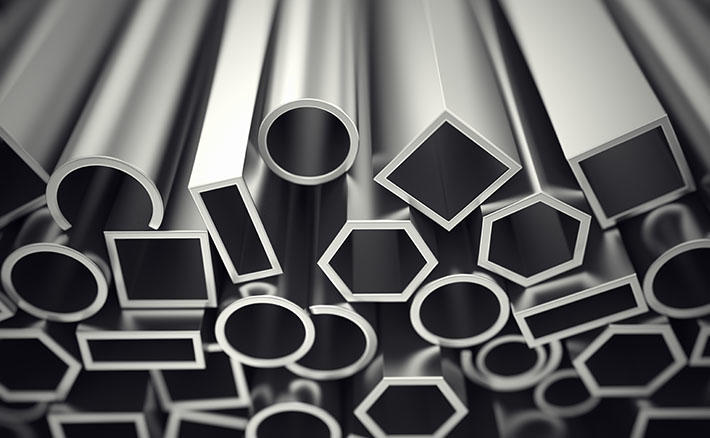
Why aluminum alloys are also called "light alloys"
Aluminum alloys are also commonly known as light alloys due to their specific weight, which is precisely reduced. Lightness is the main feature of aluminum: its specific weight is equal to 2.7 Kg / dm3, for the same volume it weighs one third of the steel. It is also a material with excellent resistance and remarkable workability and, for these reasons, it is widely used in many sectors, particularly in the aeronautical sector, just consider that about 70% of airplanes are made of aluminum.
Aluminum is increasingly used also in the building and structural sector because lightness combines an excellent structural resistance that allows to design constructions by decreasing loads. Aluminum is also used for visible finishes, being particularly resistant to atmospheric corrosion: it is covered with a protective oxide layer that reacts with atmospheric oxygen and makes it impermeable. However, there is a defect in aluminum, that is the lack of stiffness, which is mitigated or completely erased by fusion together with other metals such as zinc, copper, nickel,magnesium and silicon: from these fusions derive the so-called light alloys.
Qualities and defects of light alloys
Light alloys are therefore mainly made of aluminum and, secondarily, of other materials capable of completing their characteristics. The appropriate choice of the combination in aluminum alloys allows to obtain light alloys with excellent mechanical properties and resistance to corrosion. The choice of thermal parameters such as melting temperature and residence times in the melting process is also fundamental.
To limit defects and widen the possibilities of using aluminum, light alloys can be created thanks to other elements that improve its mechanical properties and make it particularly widespread in all sectors, not only in the aeronautical sector.


